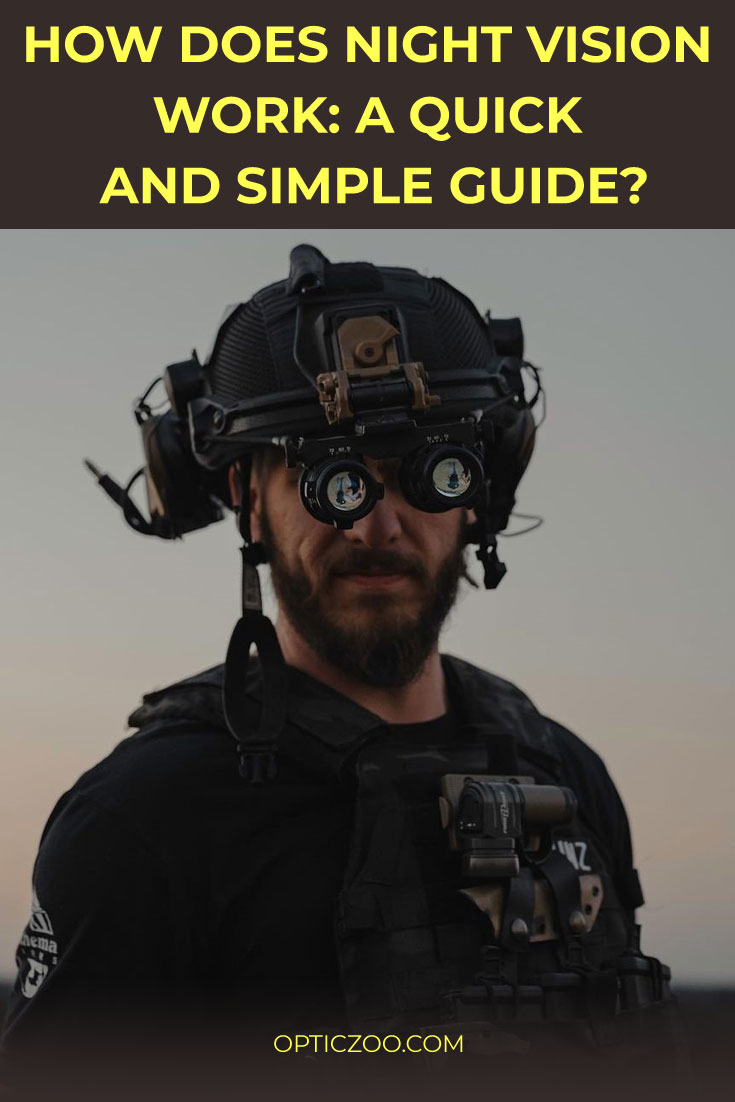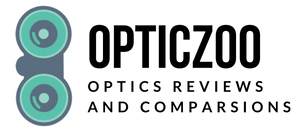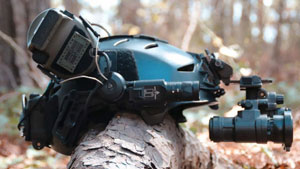
Do you know how does night vision works? It’s a fascinating process and one that can be quite helpful when you’re out camping or trying to navigate your way through a dark area. In this quick and simple guide, we will discuss the basics of night vision and how it works. We’ll also talk about some of the different technologies that are used in night vision devices. So, if you’re curious about this topic, read on!
How Night Vision Works
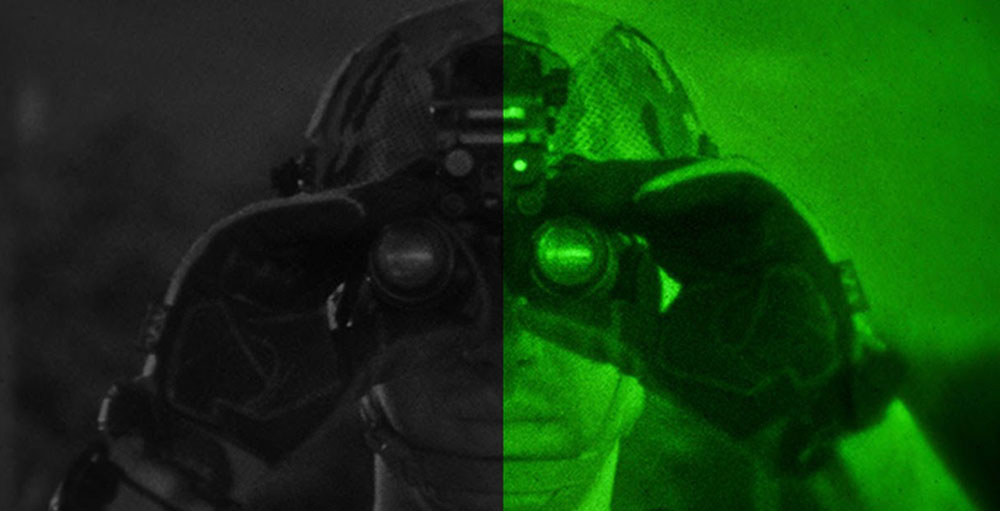
The human eye is capable of adjusting to different light levels. This is known as the pupillary reflex. When it’s dark, your pupils will open wider to let in more light. At the same time, your brain is also working to adjust to the lack of light. It does this by increasing the number of photons that are detected by the rods and cones in your retina.
There are two types of night vision: rod-mediated vision and cone-mediated vision. Rods are responsible for the black and white vision and they’re more sensitive to light than cones. Cones, on the other hand, give us color vision. However, they don’t work as well in low-light conditions.
[wpsm_box type=”info” float=”none” text_align=”left”]
Most night vision devices use an image intensifier to amplify the light that’s entering the device. This makes it possible for the rods and cones in your retina to receive more photons, which in turn, results in a clearer image.
[/wpsm_box]
Thermal Imaging
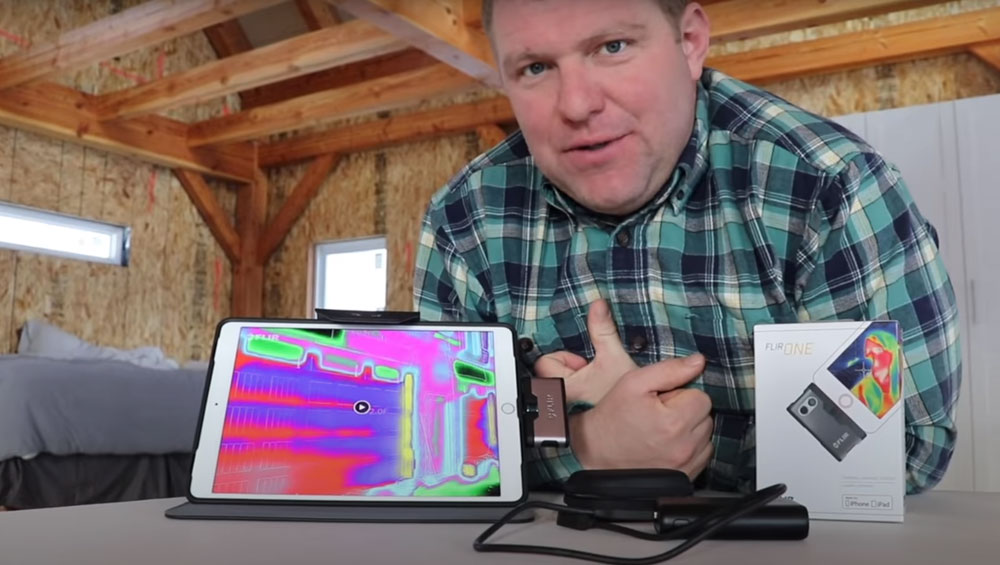
There are thermal imaging cameras that can be used for night vision. These devices are often used by the military and law enforcement. They can be used to detect people, even if they’re hiding behind objects. This is because thermal imaging cameras can see through smoke, fog, and other obscurants.
Read also: Best Thermal Scopes Guide
How does thermal imaging REALLY work?
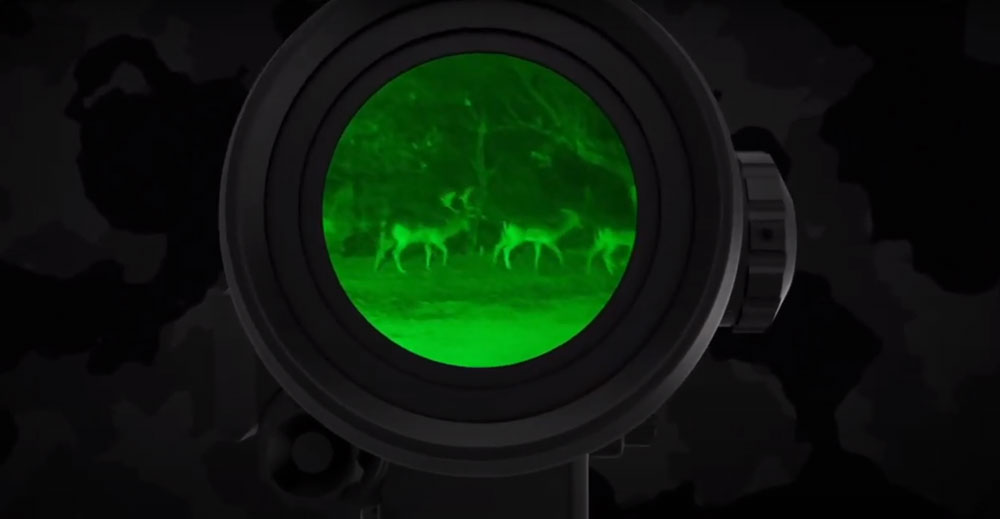
These types of cameras work by detecting the infrared radiation that’s emitted by objects. Infrared radiation is invisible to the human eye, but it can be detected by these specialized cameras. The images produced by thermal imaging cameras are black and white.
How does a Thermal Image Camera Work?
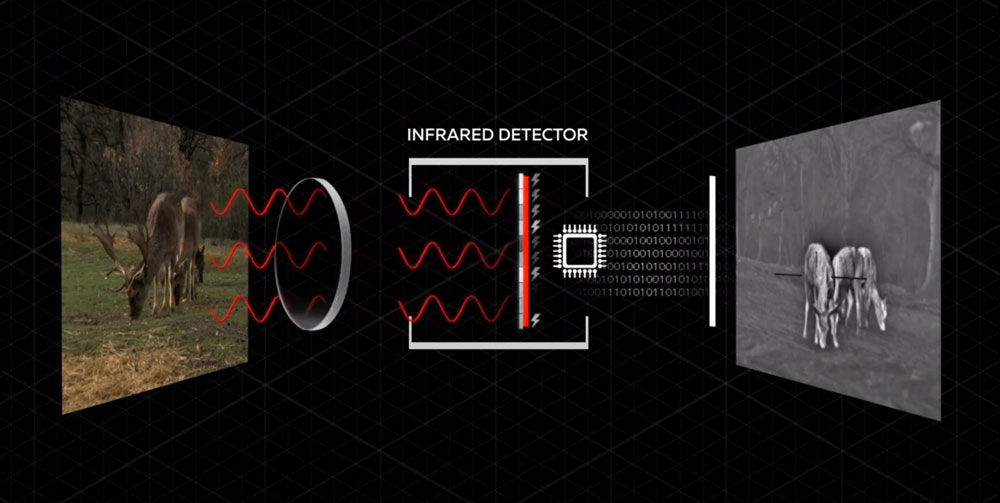
A thermal image camera is a device that takes advantage of the fact that objects emit infrared radiation. The camera has a detector that can sense this radiation and convert it into an electrical signal. This signal is then processed by the camera to create a thermal image.
[wpsm_box type=”info” float=”none” text_align=”left”]
Thermal image cameras are often used in law enforcement and military applications because they can provide clear images of people and objects in complete darkness. Thermal imaging can also be used to detect heat leaks in buildings, find missing persons in search and rescue operations, and monitor industrial processes.
[/wpsm_box]
The technology behind thermal imaging was first developed in the early 20th century, but it wasn’t until the Vietnam War that these cameras began to see widespread use. In recent years, advances in digital technology have made thermal imaging more accessible and affordable than ever before.
Thermal image cameras work by detecting infrared radiation. Infrared radiation is a type of electromagnetic radiation that is invisible to the human eye. This radiation is emitted by all objects, including people and animals, at all times. The amount of infrared radiation an object emits depends on its temperature.
How Cooled-Detector Thermal Imaging Cameras Work?
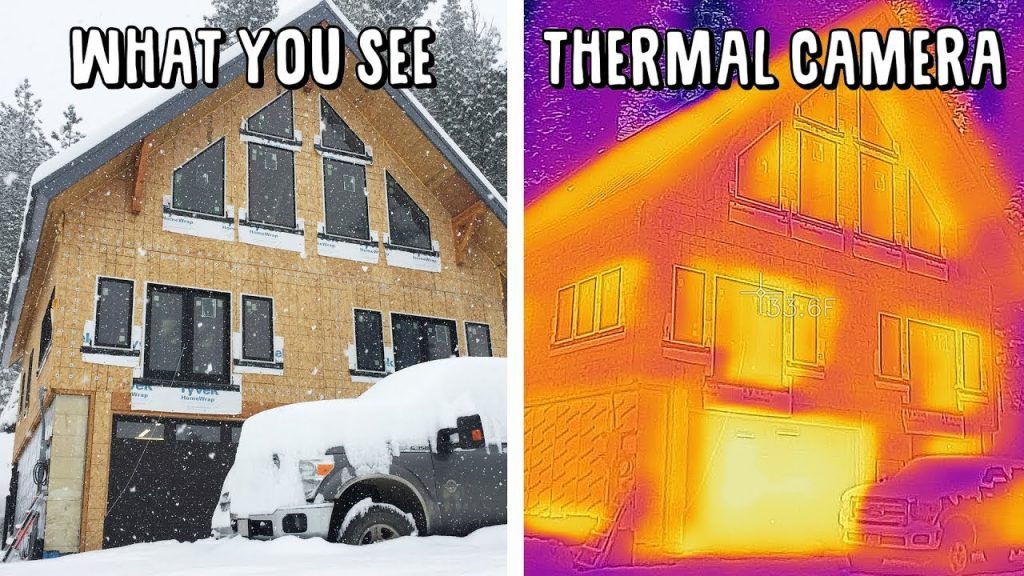
Unlike other types of night vision devices, cooled-detector thermal imaging cameras don’t require any light whatsoever to function. These sensors detect the infrared radiation that’s emitted from all objects and then create an image based on those readings.
While this might sound like magic, it’s quite simple. Everything emits a certain amount of infrared radiation, even things we can’t see with our eyes like animals or heat sources. Cooled-detector thermal imaging cameras are designed to sense this radiation and then create an image based on the different levels of intensity.
Advantage & Disadvantage of Cooled-Detector Thermal Imaging Cameras
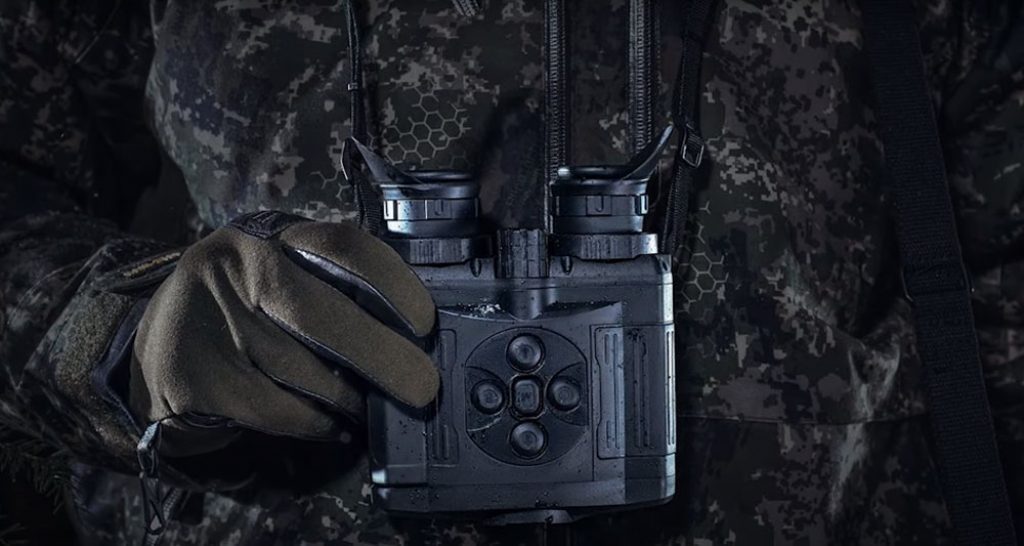
The main advantage of using a cooled-detector thermal imaging camera is that they can see in complete darkness. However, there are some trade-offs. These devices can be quite expensive and they require a lot of power to operate.
If you’re looking for a night vision solution that doesn’t require any light whatsoever, then a cooled-detector thermal imaging camera is the way to go. They сome with some trade-offs that you should be aware of before making your purchase.
How Uncooled Thermal Imaging Cameras Work?
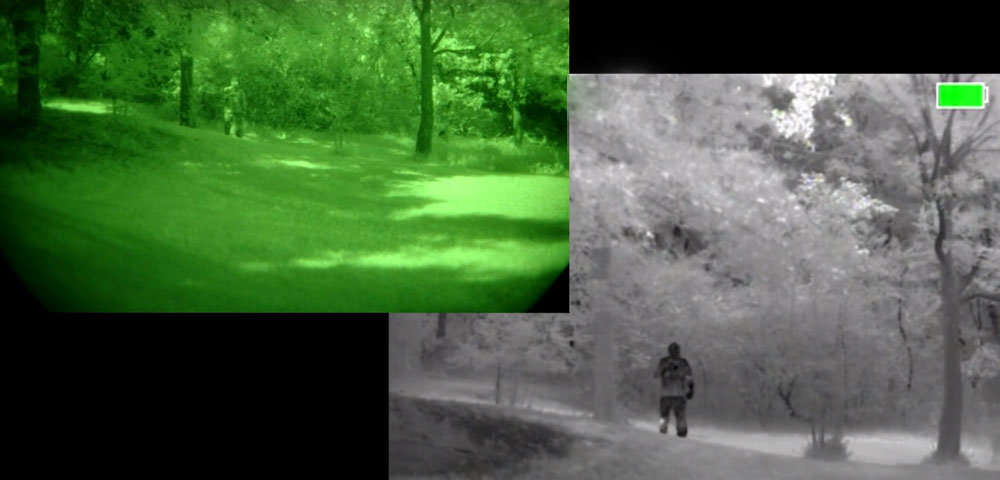
Thermal imaging cameras don’t need any light to work. Instead, they detect infrared radiation, which is emitted by all objects based on their temperature. The hotter an object is; the more infrared radiation it emits.
Thermal imaging cameras are sensitive to this radiation and can create images based on the different amounts of radiation being emitted by various objects. In other words, thermal imaging cameras can see heat.
[wpsm_box type=”info” float=”none” text_align=”left”]
This makes them ideal for seeing in complete darkness or for detecting hidden objects that might be obscured by smoke, dust, or fog.
[/wpsm_box]
Thermal imaging remains a popular choice for night vision because it offers unparalleled capabilities in low-light conditions.
Image Enhancement
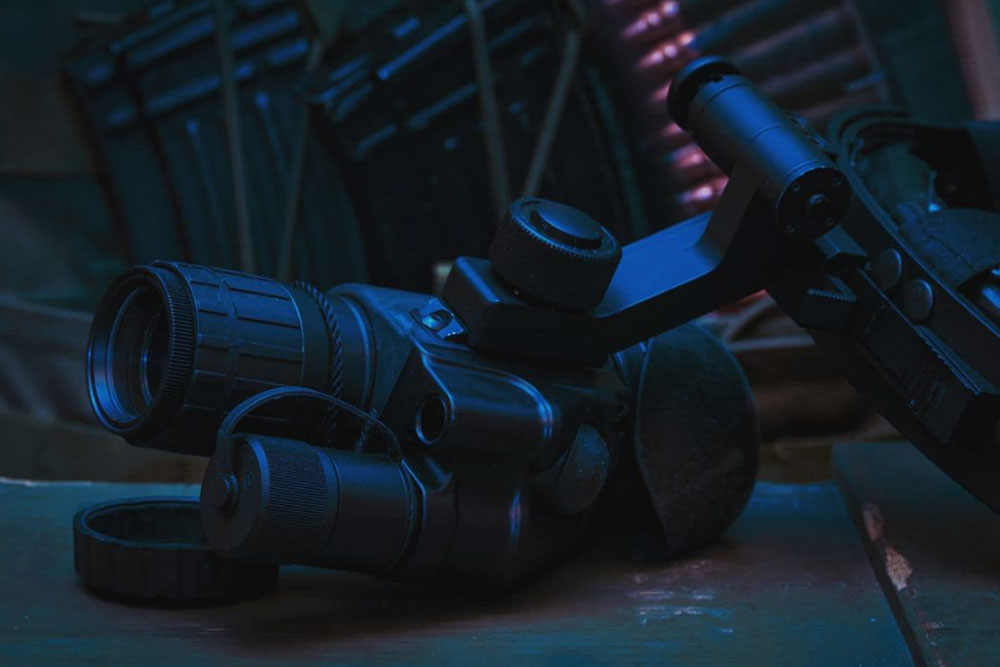
The most common type of night vision device is image enhancement. This technology takes the existing light, even moonlight, and amplifies it to produce a visible image. It works much like your eyes would if given enough time to adjust to the darkness.
Image enhancement comes in two different types: active and passive.
- Active devices have an infrared illuminator that emits a beam of light invisible to the human eye. The light reflects off objects and is picked up by the night vision device which magnifies it and produces a visible image.
- Passive devices do not emit any light; instead, they rely on ambient light sources like the moon or stars. These are more commonly used for surveillance because they cannot be detected as easily as active devices.
One of the most important things to keep in mind when using image enhancement is that it does not work well in complete darkness; there needs to be some light for it to amplify. Also, because it amplifies existing light, image enhancement night vision devices can be defeated by bright lights like headlights or spotlights.
How Does A Night Vision Camera Work?

Image intensification cameras amplify available ambient light (moonlight or starlight) to produce images on a monitor. Image intensifiers use a photocathode tube to convert the low-level light into electrons. The electrons are then amplified as they travel through a series of stages inside the intensifier.
Finally, the amplified electrons strike a phosphor screen to produce visible light that is then captured by an imaging device, such as a CCD camera. Image intensifiers can see in very low-light conditions but cannot function in complete darkness.
How Do Infrared Night Vision Goggles Work?
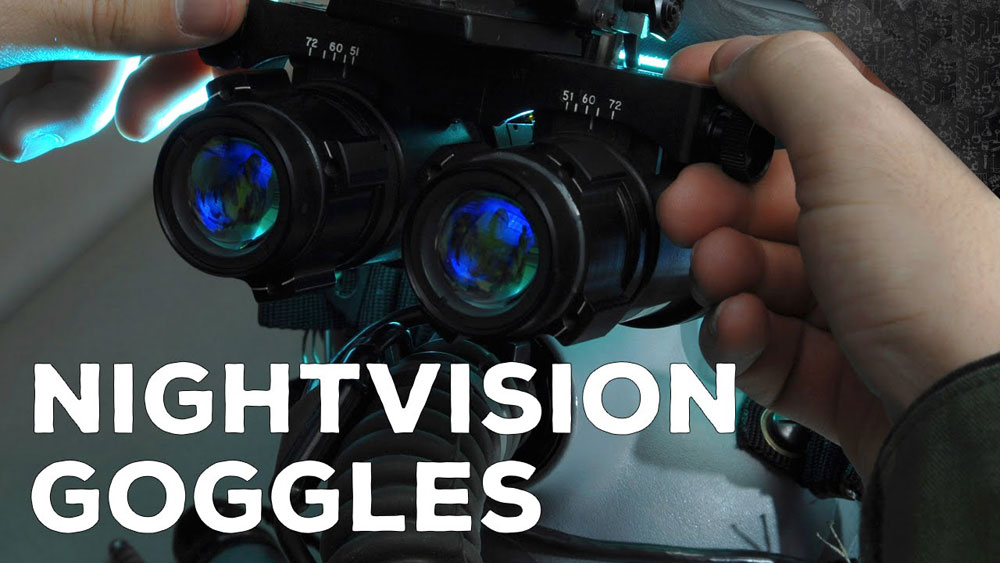
Most night vision goggles use an image intensifier tube. This tube amplifies any available light, often increasing it by a factor of hundreds or even thousands. The amplified light is then converted into an electrical signal that is displayed on a screen inside the goggles.
Some newer night vision devices use digital technology instead of an image intensifier tube.
[wpsm_box type=”info” float=”none” text_align=”left”]
These digital night vision devices typically have a charge-coupled device (CCD) or a complementary metal-oxide-semiconductor (CMOS) sensor. These sensors convert the light into an electrical signal, which is then amplified and displayed on a screen.
[/wpsm_box]
Digital night vision devices usually provide a better image than those that use an image intensifier tube. However, they typically cost more and are less sensitive to light than image intensifier tubes.
Why are images from night vision goggles always green?
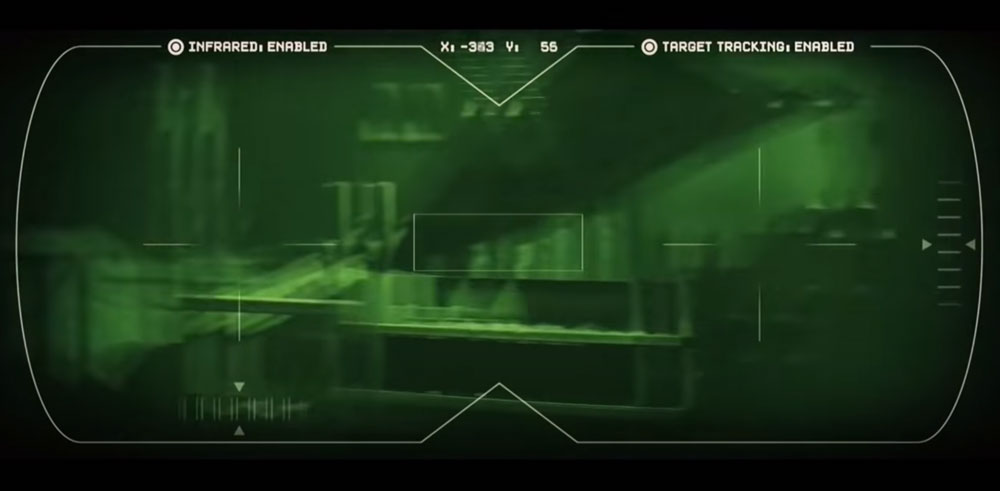
Most people are familiar with night vision through movies or television. It’s often portrayed as a greenish-tinted image where you can see it in the dark. This is somewhat accurate! Night vision devices do use a green tint because our eyes are more sensitive to green light than any other color.
So when you amplify the available light with a night vision device, the vast majority of that extra light will be in the green spectrum. That’s why images from night vision devices always have that eerie green tint.
Image Enhancement Technology (IET) has its strengths and weaknesses
The main strength is that it can be used in any light conditions, even the darkest night. However, IET has two weaknesses. First, it cannot see through objects like walls or trees. Second, it is very expensive.
Other night vision technology
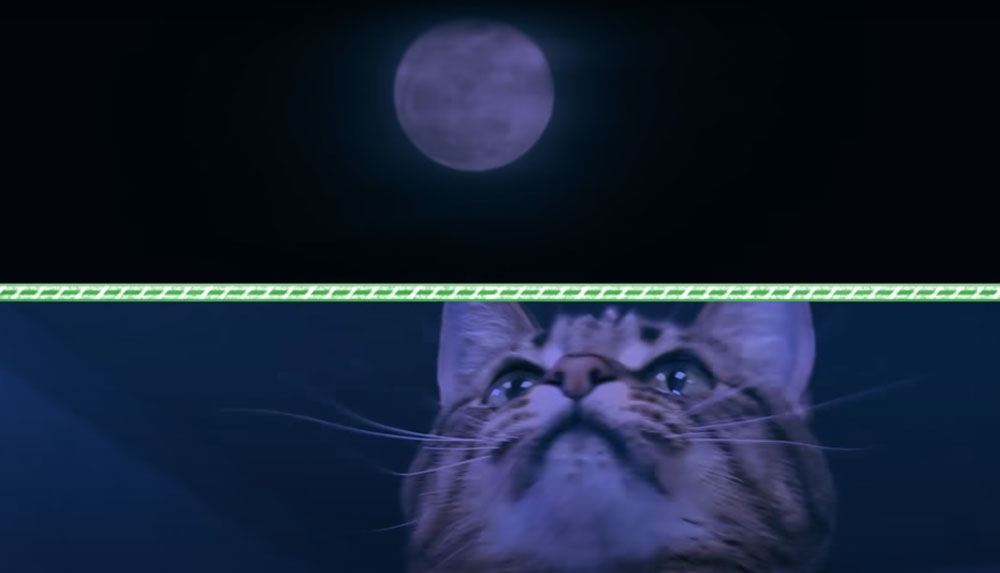
Image intensification is the basis for most night vision technology today but other methods are being developed that don’t require any light at all. These include:
- Low-light level television: This method uses a sensitive camera to pick up very faint light sources and amplify them to produce a visible image. It doesn’t need any infrared light but can be defeated by bright lights just like image enhancement technology.
- White Phosphor Technology (WPT): is often used by militaries and law enforcement because it provides clear images in both day and night conditions. However, WPT can be expensive, so it is not always practical for civilians.
- Active Millimeter-Wave Imaging: This is a new technology that uses microwaves instead of visible light to create an image. It can see through fog, smoke, and other obscurants but is still in the development stage.
Night Vision Equipment and Applications
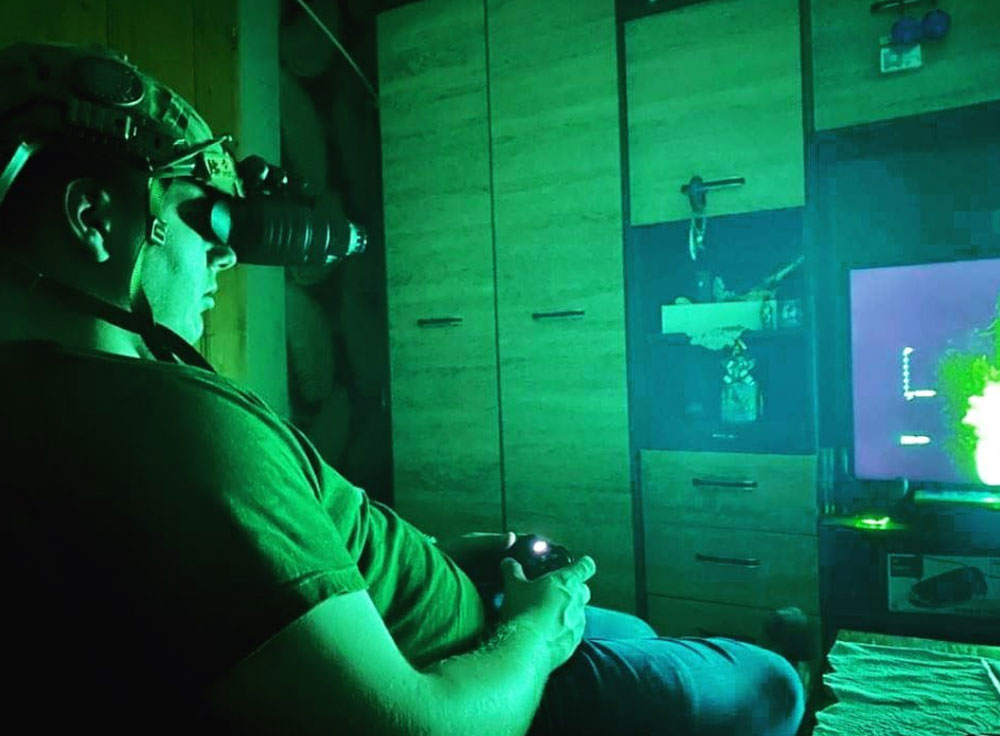
There are a variety of night vision devices and equipment available on the market today. Some of the most popular include:
- Night vision goggles
- Handheld night vision monoculars
- Weapon sights
- Thermal imaging scopes and cameras
- Night-Vision binoculars
Each of these devices uses different technologies to amplify light, but they all share one common goal: to help you see in the dark.
Night vision equipment is used for a variety of different applications, including:
- Hunting
- Surveillance
- Military operations
- Search and rescue missions
Do night vision goggles work in total darkness?
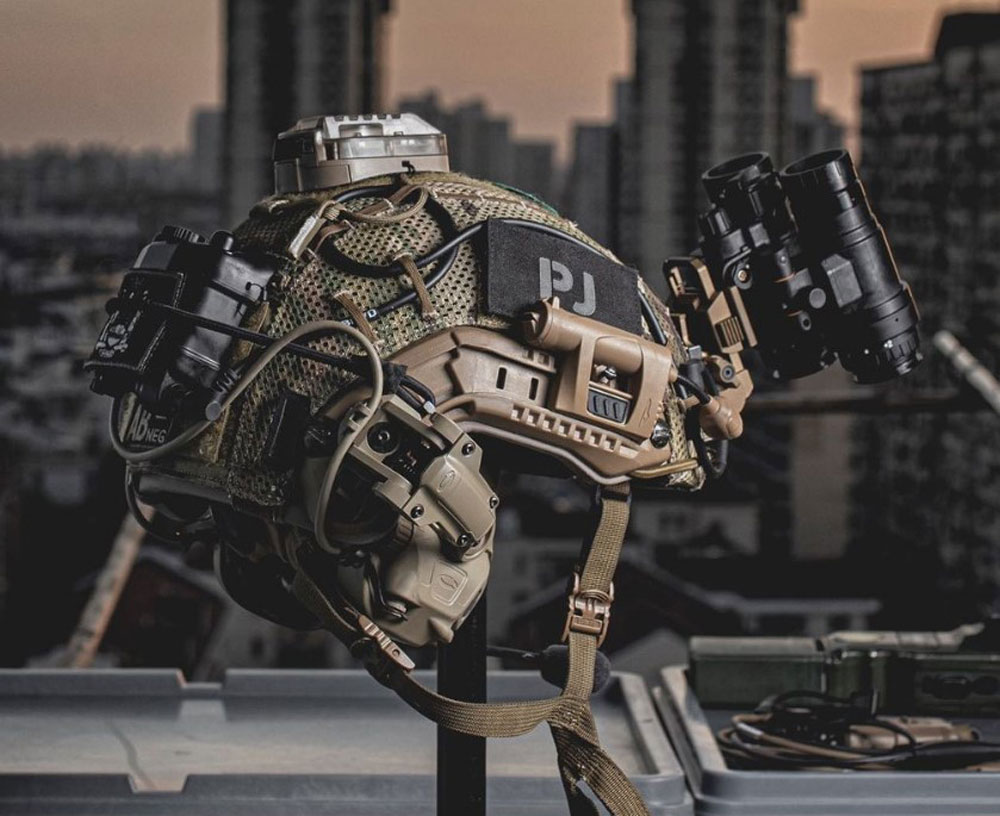
No, night vision goggles do not work in total darkness. They need some level of ambient light to function properly. However, they will still work in very low-light conditions that would otherwise be too dark for the human eye to see in.
What about artificial light?
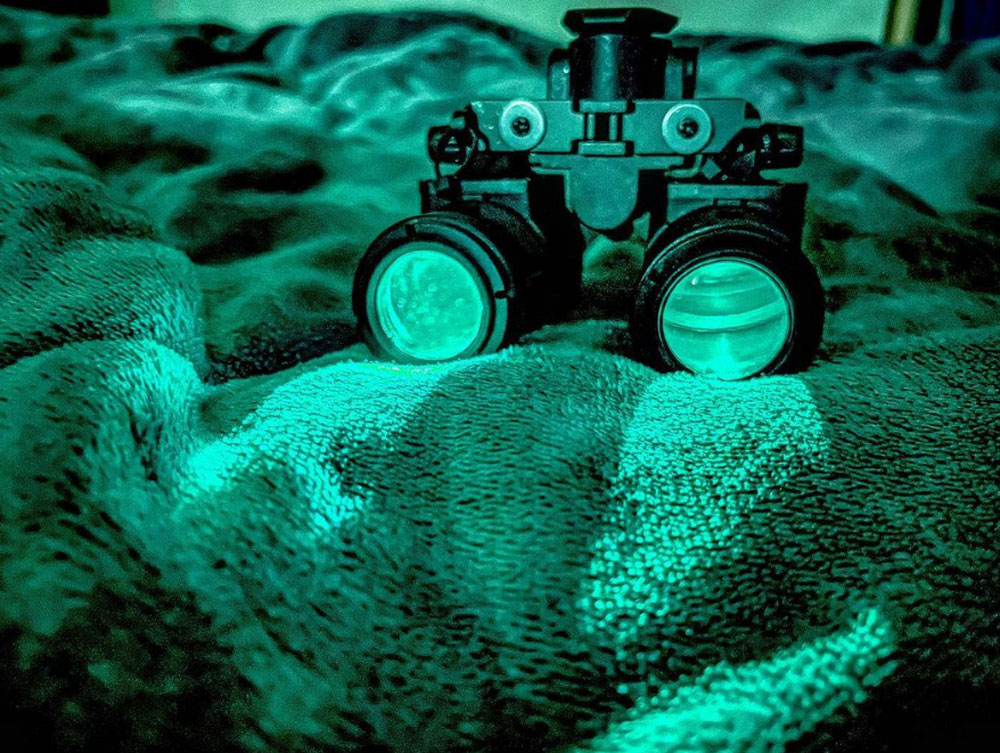
Yes, night vision goggles can pick up on artificial light sources as well. This includes things like streetlights, porch lights, and even moonlight reflecting off of building windows. However, artificial light can sometimes wash out the image that the goggles are trying to create, making it more difficult to see.
Overall, night vision goggles work by amplifying light that is already present in the environment. This allows you to see in conditions that would otherwise be too dark for the human eye to see in. While they will not work in total darkness, they can still pick up on ambient and artificial light sources to help you see in the dark.
Can you get a night vision camera on your phone?

Theoretically, yes. There are a few apps that claim to turn your phone’s camera into a night vision camera.
[wpsm_box type=”warning” float=”none” text_align=”left”]
However, we haven’t found any of them to be particularly effective. If you’re looking for a night vision camera, your best bet is to purchase a standalone device.
[/wpsm_box]
How far can night vision binoculars see?
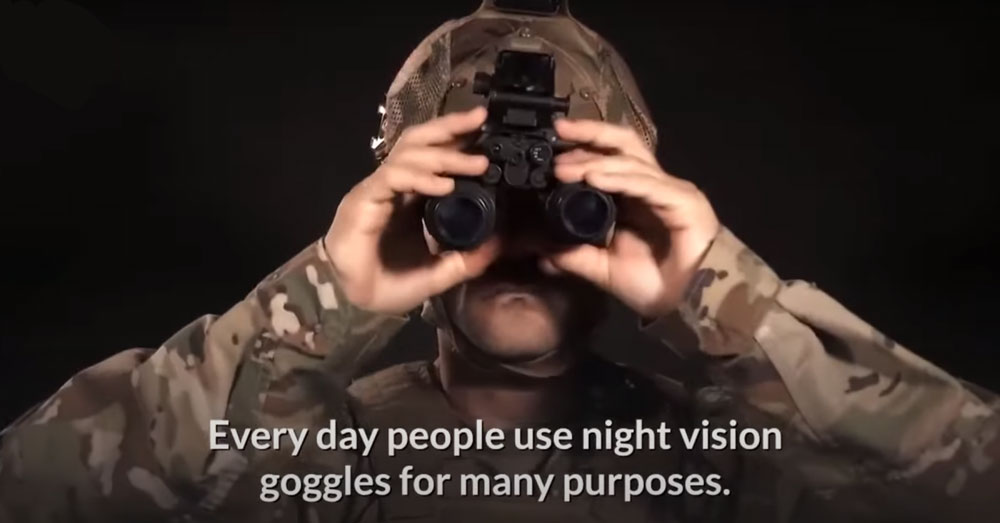
The answer to this question largely depends on the quality of the binoculars. Generally speaking, night vision devices can allow you to see objects at night from about 200 yards away. However, if you have a high-quality pair of binoculars, you may be able to see objects from up to 1000 yards away!
How good is human night vision?

The human eye is very good at adjusting to different levels of light. We can see in a range of lighting conditions that are about a million times greater than what is required for color vision. When it comes to seeing in low-light conditions, however, our eyes are not as efficient.
While the human eye can adjust to a wide range of light levels, it is not equally sensitive to all wavelengths of light. We are most sensitive to green and yellow light, which are the colors that our brains interpret as being the brightest. This is why objects often appear to be a different color when they are viewed in low-light conditions.
What kind of night vision do animals use?
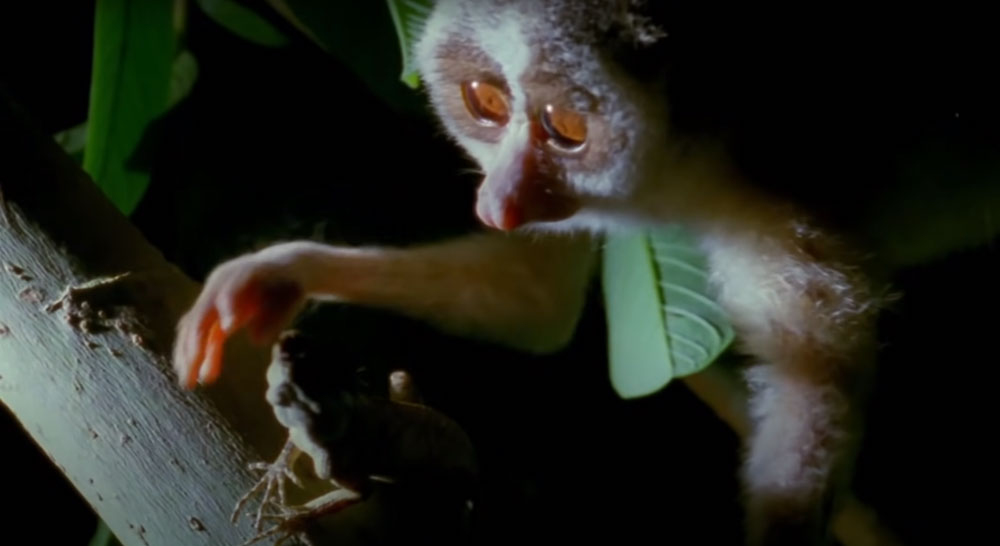
Most nocturnal animals have rod-based vision because it is more efficient in the dark. They may also have a reflective layer behind the retina that helps to collect more light. This layer is called the tapetum lucidum, and you can see it when you shine a light into a cat’s eyes at night – they will appear to glow green or yellow.
Some animals, like owls, have very large eyes that help to collect more light. Others, like moths, have special scales on their wings that reflect light so they can see where they are flying. Some animals can even make their light! Glowworms and fireflies produce light by chemical reactions in their bodies. This is called bioluminescence and it’s how these creatures lure prey or find mates in the dark.
Conclusion

Both thermal imaging and image intensification cameras have their advantages and disadvantages, which is why many night vision systems use a combination of both technologies. For example, some systems use an image intensifier to provide an initial image that is then enhanced by a thermal imager. This allows the system to see in complete darkness and also provides the operator with valuable color information.
So, now you know a little bit about how night vision works! Next time you’re out camping or exploring a dark area, you’ll have a better understanding of what’s going on behind the scenes.
This concludes our quick and simple guide on night vision. Do you have any questions about night vision or thermal imaging? Let us know in the comments below!
If you found this article helpful, be sure to check out our other blog posts. Thanks for reading!
